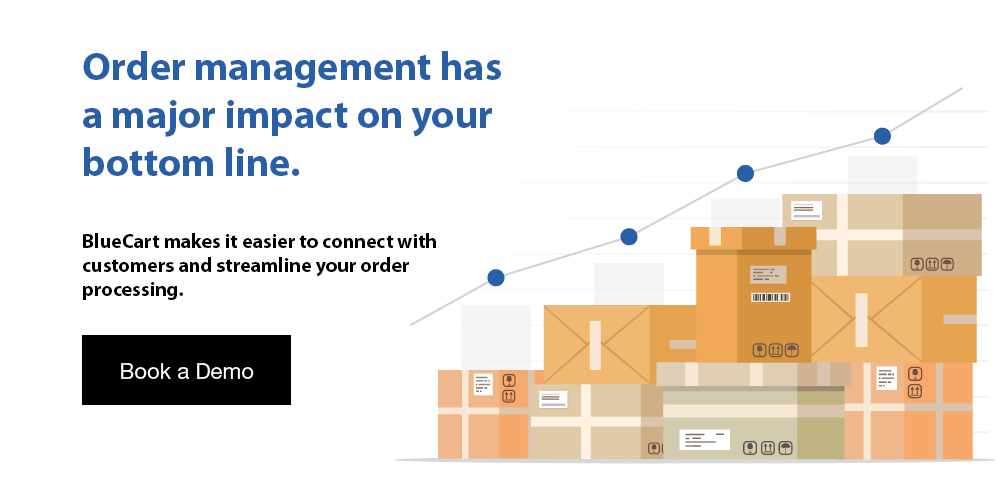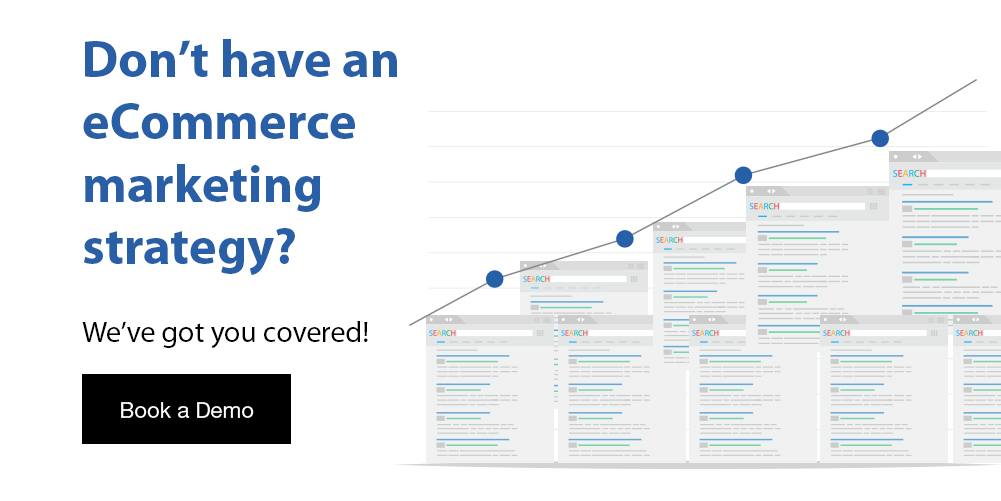If you’re opening a business for the first time, chances are that you may not be familiar with the procurement process. Part of this is understanding purchase order vs invoice. In fact, these two business documents are commonly confused.
Failing to properly understand purchase order vs invoice may result in overlooking essential financial documents and missing important details. This can negatively impact your company and business expenses.
This blog covers what is a purchase order vs invoice and the similarities and differences between the two. This way, you can set your business up for success and ensure an efficient order management process.

Purchase Order vs Invoice: Purchase Order Definition
A purchase order refers to a legally binding business document that identifies the products or services a buyer wishes to purchase from a seller. The purchase order will also identify specific order details such as the payment terms, desired product quantities, prices, and delivery dates.
When you create a purchase order, you start the procurement process. This is what initiates the binding agreement between the buyer and the seller. After the seller fulfills the order, they send the buyer an invoice for the products or services, so they can pay.
A standard purchase order includes:
- Purchase order (PO) number
- Buyer details
- Order information (including all desired products or services)
- Date of purchase
- Payment terms
- Delivery address
What Is a PO number?
A PO number is a unique number that refers to a specific transaction of a purchase order. You can find the PO number on the purchase order document. It's used to help distinguish between other purchase orders.
The latest technology, including restaurant technology and wholesale ordering software, retail software will automatically generate this number when creating a new PO. The buyer and seller use the PO number throughout the buying process.
PO numbers are part of the business organization process. They help avoid confusion when sending invoices or referring to specific orders.
Key Takeaway: Purchase orders and invoices are important business documents that contain crucial order information that can avoid confusion or misunderstanding during the ordering process. They help ensure the buyers and suppliers what products or services were ordered, when, and for how much money.
Purchase Orders vs Invoices: Invoice Definition
An invoice refers to an official payment request that the seller sends to the buyer once the purchase order has been fulfilled. It contains information regarding the products or services requested by the buyer and specifies the cost of the order.
A standard invoice includes:
- Invoice number
- Seller information
- Discounts or credits applied to the order
- Payment date or schedule
- Total amount due
There are specific invoice management practices that businesses should follow in order to keep track of all of their documents. This is especially important for invoice processing and when it comes time to perform financial audits.

6 Differences Between a Purchase Order and Invoice
The main difference between a purchase order and an invoice is that buyers issue the purchase orders to be fulfilled by the seller. On the other hand, sellers issue invoices once the order has been fulfilled to inform the buyer to pay.
Here are six differences between purchase order vs invoice:
1. Contents
There are a few differences in the contents of a purchase order and an invoice. Purchase orders contain information such as the buyer’s contact information, the products or services being purchased, product quantities, product prices, and shipping information. It’s also common to include special requests or requirements for the order.
An invoice on the other hand will include a list of the products or services that were provided, the quantities of each item, and their price. The invoice will also include the total amount due.
2. Purpose
The main purpose of a purchase order is to initiate a purchase. The PO establishes the terms of an agreement between the buyer and seller. When the seller accepts the PO, it acts as a legally binding document.
The purpose of an invoice is to request payment for the goods or services that were provided by the seller. Consider it like a bill that is sent through an automated billing system.
3. Timing
When it comes to a purchase order vs invoice, the PO comes first. It’s what initiates the order and begins the procurement process. A business owner or eCommerce fulfillment manager will create an invoice once the order is delivered to the buyer.
4. Format
As mentioned earlier, a PO is a legally binding document. In order for it to be legally binding, it must be accepted and signed by both parties, in this case, the buyer and seller.
The format of a purchase order is typically a printed document that contains the buyer's and seller’s signatures. Many businesses will use a purchase order template. It’s possible for an invoice to also be printed using an invoice template; however, these days electronic invoices are used more often.
Electronic invoices are automatically sent via email or invoicing software for small businesses. This kind of automation software is similar to automated dropshipping and other eCommerce automation tools.
5. Payment and Taxes
Purchase orders don’t guarantee payment, but invoices do. It’s also not common for purchase orders to include tax. However, invoices do include the applicable taxes for each product or service.
6. Signing
A purchase order has both buyer and seller signatures. This ensures that both parties agree to the PO, and it officially makes the document legally binding. An invoice typically contains only the seller’s signature.
6 Similarities Between a Purchase Order and Invoice
There are a few similarities between purchase order vs invoice to keep in mind. Both documents pertain to goods and services that are linked to the procurement process.
Many times the terms “purchase order” and “invoice” will be used interchangeably. This is likely due to their similarities.
Here are six similarities between purchase order vs invoice:
- Invoices and purchase orders involve purchase-related information
- Order information, seller information, delivery information, and the price is included in each document
- Both are important when optimizing business spending and budgets
- Purchase orders and invoices provide transparency into the purchasing process
- Both are legally binding contracts
- Invoices and purchase orders are used by financial and accounting departments to ensure accurate accounts payable and receivable records
Why Do Companies Need Both Purchase Orders and Invoices?
For some businesses, dealing with extra documents seems like a burden. However, purchase orders and invoices are documents that help businesses efficiently manage the procurement process.
If it comes time to decide between purchase order vs invoice, you can’t just choose one. Both documents are important as they provide clarification and help prevent conflicts with order processing.
Both buyers and sellers can refer to purchase orders and invoices for information regarding each order. Utilizing both documents is one of the order management solutions that businesses use to maintain efficiency.

Frequently Asked Questions About Invoice vs Purchase Order
Businesses that utilize purchase orders and invoices will be able to efficiently manage their ordering process. These documents are essential to help avoid misunderstandings when it comes to product ordering such as quantity and cost.
To further understand what is an invoice and how it differs from a purchase order, read the following commonly asked questions:
What Comes First the Purchase Order or Invoice?
The purchase order comes first compared to the invoice. In most cases, the purchase order is sent at the beginning of the transaction to establish a contract between the two parties, the buyer and the seller.
Invoices are sent at the end of the transaction. In fact, they contain information from the purchase order to request payment from the buyer.
Is a Purchase Order a Receipt?
No, a purchase order is not a receipt. However, a purchase order does contain the costs of each product that is ordered. The seller will send the buyer an invoice to pay for the order. Then, they will be issued a receipt showing proof of payment.
Who Sends a Purchase Order?
The buyer sends the purchase order. They establish the goods and services they wish to receive and their quantities. The seller will then send the buyer an invoice to pay for the goods. Buyers will also use purchase order tracking software to stay on top of their orders during the procurement process.
Look into what is procurement and the procurement management process to better understand the cycle. You can also benefit from learning about procurement vs purchasing.